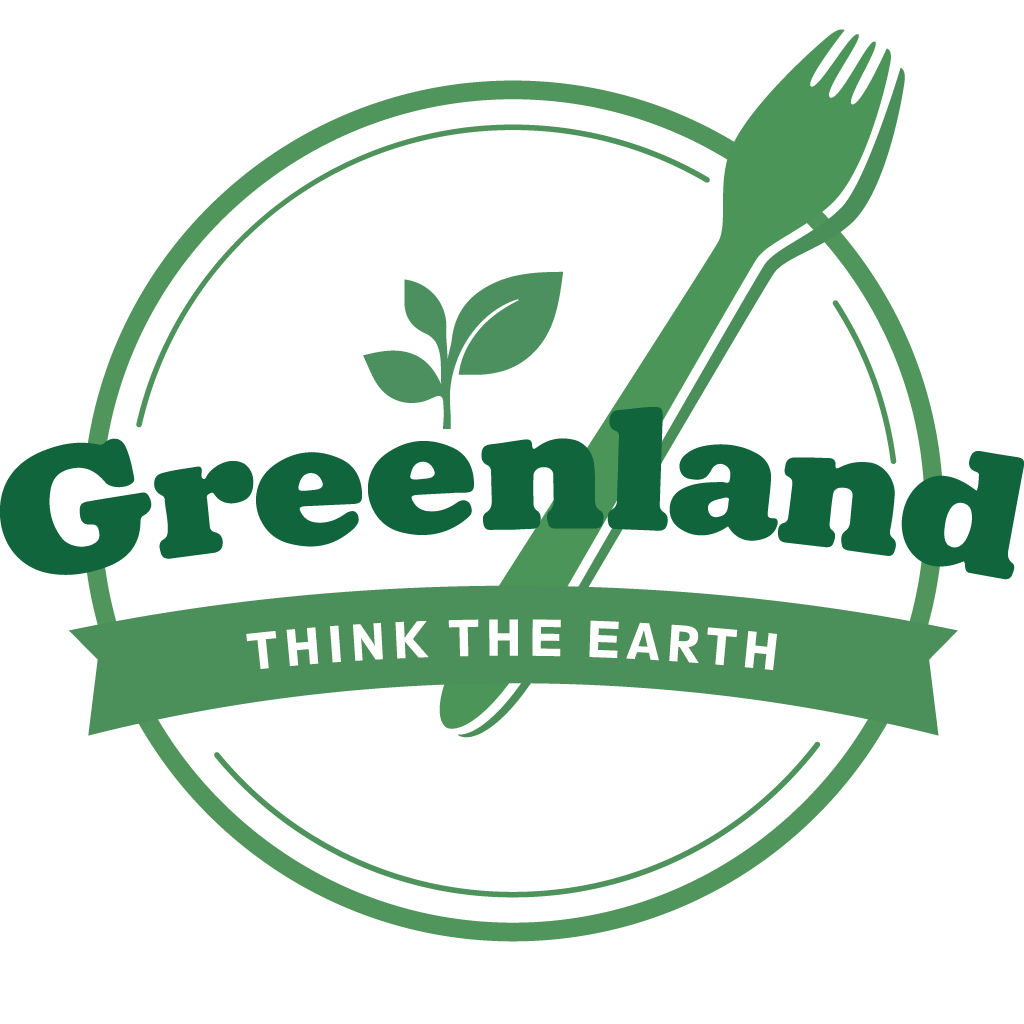What is Bagasse (Sugarcane Pulp) and how does it benefit the planet?
You might not have heard of bagasse as it is often called “sugarcane pulp”. As an innovation in the world of sustainability, it is a great alternative to plastic or Styrofoam food packaging.
At Greenland, we are both suppliers and manufacturers of bagasse pulp products. The products are an eco-friendly replacement for traditional plastic food containers for takeaway. There exist opportunities for the food service industry to move away from single-use plastic containers and adopt a more sustainable form of packaging, explaining our passion about compostable food packaging.

What is Bagasse?
Bagasse is just similar to cardboard however much more versatile and comes from a fiber remained from extracted juice from the sugar cane. There are over 54 million tons of sugar cane produced every year.
The sugarcane packaging is affordable and versatile, and biodegrades fast, which can be added to both home and industrial composting facilities. It can even withstand high temperatures in the oven.

How does it benefit the planet?
Bagasse packaging can close the loop and introduce a circular economy for food packaging. It can be composted and returned to nature to nourish the soil, bringing considerable benefits.
Compostable food packaging is such an incredible innovation free of plastic.
Bagasse is made from the leftover sugarcane and therefore, utilizes a product that would otherwise be thrown out. The sugarcane captures carbon as it grows, so it makes this product part of the carbon sequestration process.

Is Bagasse a renewable resource?
Sugarcane is a fast-growing plant, turning it into a rapidly renewable resource. The bagasse pulp was previously discarded however using it for compostable food packaging maximizes the crop value. While becoming much valuable, sugarcane is used more effectively. Composting the finished product closes the loop and makes it one of the most sustainable food packaging options on the market.

